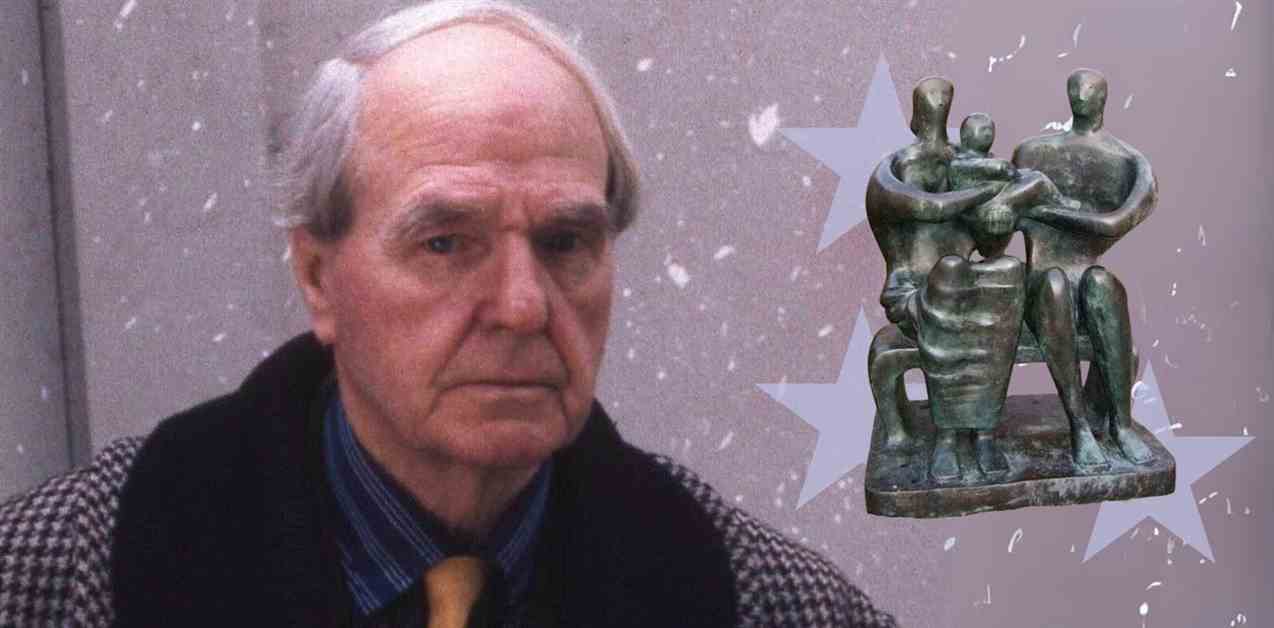Henry Moore in Miniature: The Impact of War on the Sculptor’s Work
Exploring the touring exhibition of Henry Moore in Miniature at the Holburne Museum in Bath reveals the profound influence of wartime on the renowned sculptor’s work. Moore, known for his monumental bronze sculptures, showcases over 60 maquettes in this exhibition, offering a glimpse into his creative process.
During the second world war, Moore’s art took a poignant turn as he captured the subterranean human landscape of Londoners seeking shelter from the Blitz. His drawings and maquettes from this period reflect the intimate scenes of survival and the emotional toll of war on humanity.
The Madonna and Child series, inspired by Moore’s experiences in the underground shelters, brought a new sense of realism to his work. These sculptures, commissioned as memorials for those lost in the war, demonstrate Moore’s ability to capture the vulnerability and strength of the human spirit.
As the world grappled with the threat of nuclear weapons in the 1950s, Moore’s Helmet Heads series delved into themes of protection and death. The lead material used in these sculptures symbolizes the dual nature of security and danger in a post-war era marked by anxiety and uncertainty.
Throughout the exhibition, Moore’s exploration of Mycenaean art and Greek sculpture adds a timeless quality to his work. The Reclining Warrior and Fallen Warrior maquettes depict the haunting reality of war and the ultimate sacrifice made by those in conflict.
Henry Moore’s miniature sculptures offer a window into the artist’s evolving perspective on the human condition, shaped by the brutal realities of wartime and the enduring quest for peace and unity.
